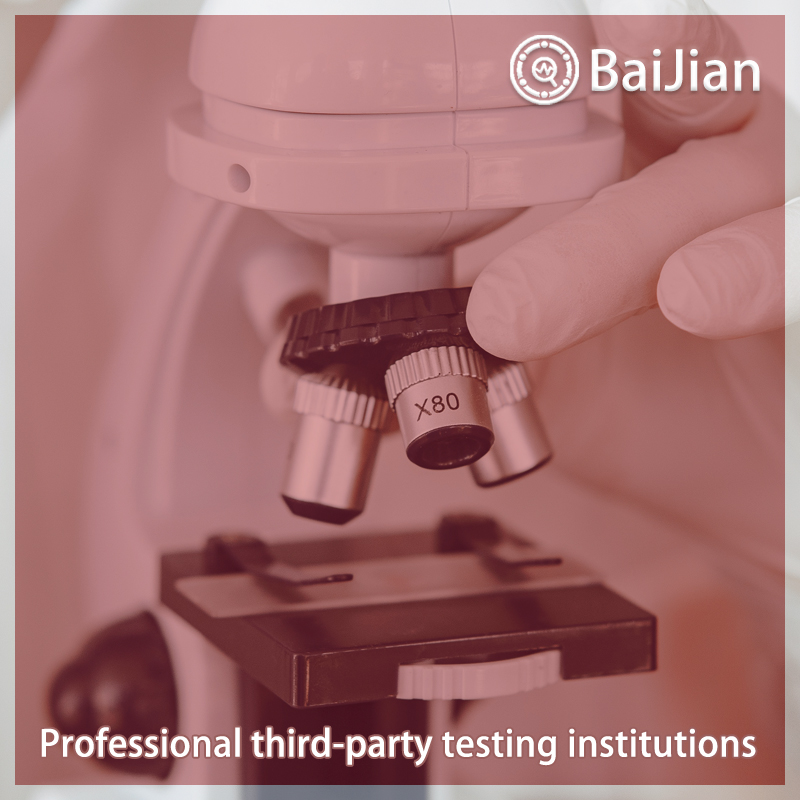
This standard specifies the classification and model, technical requirements, test methods, inspection rules, marking, packaging, transportation, and storage of polymer material sliding plates for bridge bearings. This standard applies to sliding plates for bridge basin bearings, ball bearings, and PTFE sliding plate rubber bearings, as well as other types of bridge bearings and sliding plates for structural engineering. The following normative references are essential for the application of this document. For dated references, only the dated version applies to this document. For undated references, the latest version (including all amendments) applies to this document. GB/T 1033.1 Plastics, Non cellular Plastics Determination of Density Part 1: Immersion Method, Liquid pycnometer method and titration method GB/T 1040.2 Determination of tensile properties of plastics Part 2: Test conditions for molded and extruded plastics GB/T 1591 Low alloy high-strength structural steel CB/T 3280 Stainless steel cold-rolled steel plates and strips GB/T 3398.1 Determination of hardness of plastics Part 1: Ball indentation method GB/T 11352 General engineering cast carbon steel parts HG/T 25025201 Silicone grease JT/T4 Road bridge plate rubber bearings JT/T391 Road bridge basin bearings TB/T 2331 Railway bridge basin bearings
Function of testing report:
1. Project bidding: Issue authoritative third-party CMA/CNAS qualification report
2. Online e-commerce platform entry: Quality inspection report recognized by major e-commerce platforms 3. Used as a sales report: issuing legally effective testing reports to make consumers more confident 4. Papers and research: Provide professional personalized testing needs 5. Judicial services: providing scientific, fair, and accurate testing data 6. Industrial problem diagnosis: Verify the troubleshooting and correction of industrial production problemsBaijian and testing process:
1. Telephone communication and confirmation of requirements
2. Recommend solutions and confirm quotations 3. Mail samples and arrange testing 4. Progress tracking and result feedback 5. Provide reports and after-sales service 6. If urgent or priority processing is requiredTesting and testing characteristics:
1. The testing industry is fully covered, meeting different testing needs
2. Fully cover the laboratory and allocate localized testing nearby3. Engineers provide one-on-one services to make testing more accurate
4. Free initial testing, with no testing fees charged
5. Self service order delivery for free on-site sampling
6. Short cycle, low cost, and attentive service 7. Possess authoritative qualifications such as CMA, CNAS, CAL, etc 8. The testing report is authoritative and effective, and is generally used in China